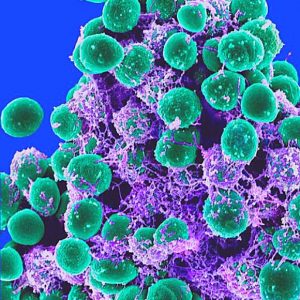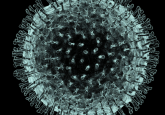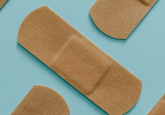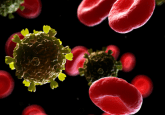The pathogenesis of Staphylococcus epidermidis

Present on the skin of every member of the human race, Staphylococcus epidermidis can sometimes become a deadly force of infection; a recent study has found the genes responsible.11020
Recent research conducted at the University of Bath (UK) and led by Sam Sheppard, has identified a set of genes present in Staphylococcus epidermidis that can lead the normally harmless bacteria to cause infection and disease. The research team set out to establish why S. epidermidis, which is present on the dermis of all healthy human beings, occasionally causes life-threatening infections.
In order to investigate the pathogenesis of the bacteria, the researchers took samples from the skin of healthy volunteers and patients with infections following hip or knee replacements. They then examined the heterogeneity between the genomes of the samples from infected and healthy participants.
This comparison highlighted 61 genes present in the infection samples that were largely absent in the innocuous bacteria from the healthy volunteers. In some cases healthy volunteers were found to be unwittingly carrying the more pathogenic strains of S. epidermidis.
Analysis of the genes revealed a collection of resulting phenotypes that assisted the bacteria in its pathogenic activities such as, growing in the bloodstream, avoiding the immune system and imparting the ability to form antibiotic resistant biofilms.
Sheppard believes that these results can assist in identifying patients at risk of post-surgical infections and provide the basis for research into treatment strategies for S. epidermidis. “Post-surgical infections can be incredibly serious and can be fatal. Infection accounts for almost a third of deaths in the UK so I believe we should be doing more to reduce the risk. If we can identify who is most at risk of infection, we can target those patients with extra hygiene precautions before they undergo surgery,” he explained.





